Digital transformation has emerged as a catalyst, reshaping customer experience optimization. Gone are the days when interactions between businesses and customers have been restricted to physical touchpoints; today, digital serves as the epicenter of engagement, communication, and commerce. Digital transformation transcends mere technology adoption; it embodies a holistic metamorphosis, infusing each facet of organizational operations to deliver unparalleled experiences to clients.At its core, revolutionizing user interactions via digital channels represents a profound change in how businesses understand and respond to their customers' needs. It involves harnessing the competencies of modern technology, including artificial intelligence (AI), data analytics, augmented reality (AR), blockchain, and others, to create seamless, personalized, and immersive experiences.This blog explores the multifaceted effect of digital transformation on consumer experience. By synthesizing technical insights and examples, it highlights the mechanisms by which digital transformation revolutionizes engagement, empowers personalization, and redefines the essence of customer-centricity.
Personalization through Data Analytics
Data analytics serves as the cornerstone of personalization in digital transformation, empowering businesses to decode customer experience optimization and behaviors. By meticulously scrutinizing an extensive pool of data, from demographic information to browsing habits and buying records, brands generate valuable insights into their customer’s individualized choices and desires.Businesses can also segment their consumer base with customer-centric digital initiatives and extraordinary granularity through sophisticated algorithms and predictive modeling, tailoring offerings and stories to resonate with unique cohorts. This hyper-personalization transcends popular marketing procedures, as every interplay is meticulously crafted to cater to the alternatives and aspirations of the individual user character.Real-time data analytics further improves the effectiveness of personalization efforts. It allows brands to dynamically adjust strategies based on evolving trends and customer dynamics. Whether it is product recommendations, customized promotions, or targeted content delivery, data-driven personalization fosters a sense of connection and relevance that surpasses traditional transactional relationships.
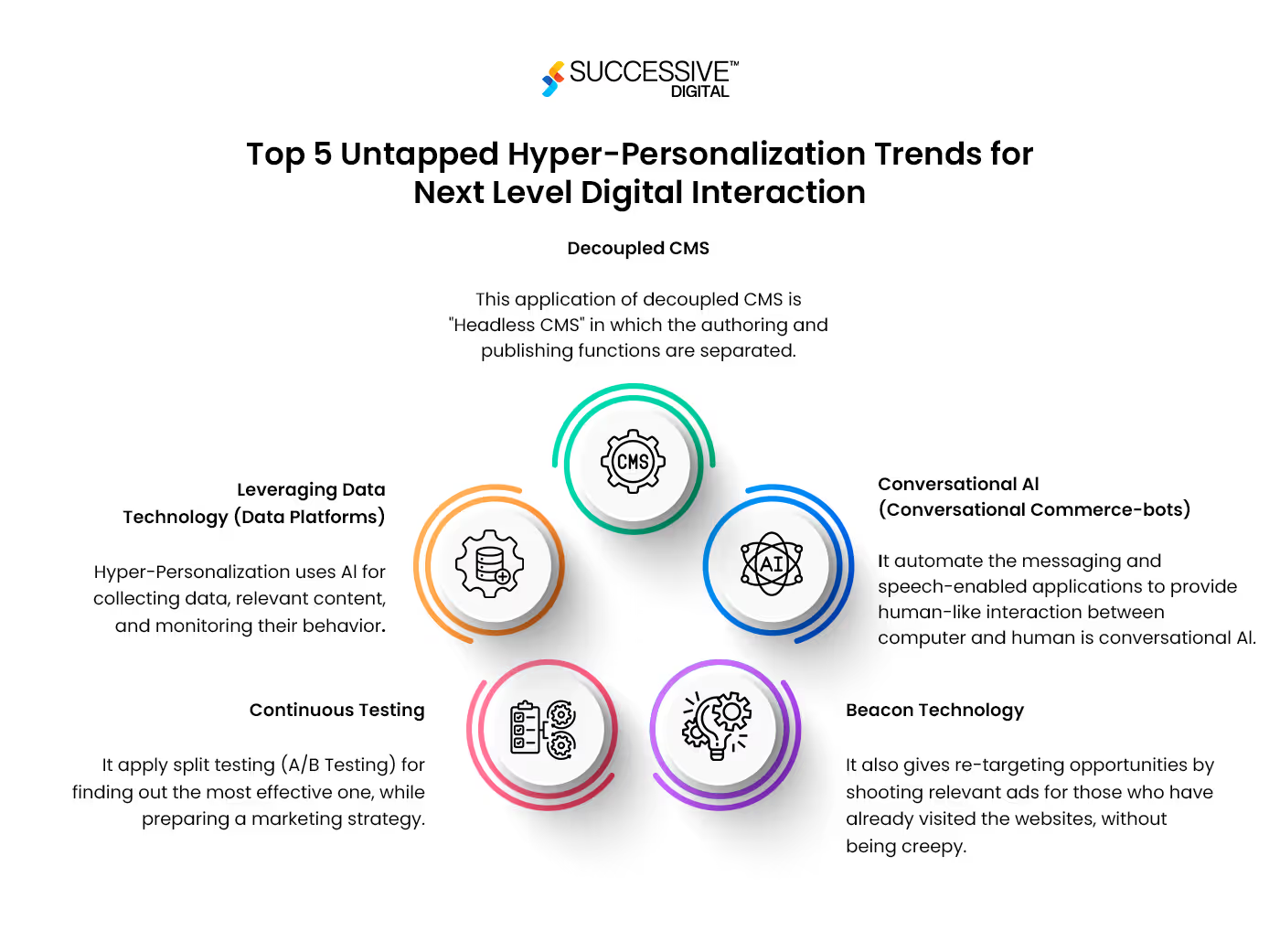
Enhanced Engagement through AI and Chatbots
AI and chatbots are transforming customer interactions, offering a seamless and responsive interface for interactions around the clock. These structures leverage natural language processing (NLP) and machine learning (ML) algorithms to recognize and respond to purchaser queries with human-like precision.For instance: Amtrak, the passenger railroad provider in the United States who was challenged with a large volume of inquiries. The company integrated an AI-powered chatbot named "Julie"; into its internet site and mobile app. Julie not only assists customers by answering common questions and providing real-time updates but also takes on the burden of ticket purchases. This proactive approach not only streamlines the customer experience but also significantly alleviates the load on human customer support representatives, enabling them to focus on customer-centric digital initiatives.By deploying AI-powered chatbots across numerous touchpoints, businesses can offer immediate guidance, steering, and assistance to customers, thereby improving engagement and satisfaction. Whether resolving inquiries, imparting product recommendations, or facilitating transactions, chatbots streamline the user’s journey with unequaled performance and comfort. Moreover, AI-powered chatbots can analyze and adapt over time, refining their responses primarily based on consumer interactions and feedback.
Seamless Omni-channel Experience
In modern customer-centric digital initiatives, purchasers anticipate a cohesive and integrated experience across all channels and platforms. This seamless omni-channel experience transcends traditional barriers, allowing customers to seamlessly transition between online and offline touchpoints while preserving consistency and continuity in their journey.A top instance of omni-channel customer experience optimization is Starbucks, the renowned coffeehouse chain. Customers can browse the menu through mobile app, customize orders, and make bills seamlessly. Upon entering a physical store, they could pick up their orders seamlessly, thanks to the integration of the Starbucks Rewards application. Furthermore, the app goes beyond orders and alternatives, allowing customized recommendations and promotions tailor-made to individual’s tastes.By using omnichannel strategies, businesses like Starbucks not only promote convenience and accessibility but also foster deeper engagement and loyalty. Customers feel empowered to interact with the brand, whether it's online, in-shop, or on-the-go, resulting in a holistic and enriching experience not confined to a single channel.
Secure Transactions and Blockchain
Ensuring protection and transparency is paramount to fostering belief and self-assurance among clients when transforming customer interactions through Customer-centric digital initiatives. With its decentralized and immutable ledger system, blockchain technology has emerged as a game-changer.Ripple, a global payments network, utilizes blockchain technology to facilitate cross-border transfers. Through its RippleNet platform, financial institutions can execute real-time transactions with more robust safety and transparency. By leveraging blockchain, Ripple reduces transaction cost, minimizes settlement instances, and allows end-to-end visibility into the payment process, revolutionizing how money is transferred across borders.By harnessing blockchain technology, businesses can streamline financial transactions and improve self-belief and reliability in their customers, fostering a more secure and efficient digital commerce.
Optimizing Customer Journey through Big Data
Big Data analytics has been instrumental in customer experience optimization, offering organizations unprecedented insights into client conduct and choices. By harnessing significant volumes of data from diverse assets, brands can map out the whole customer journey with precision, identifying key happiness factors, styles, and possibilities for optimization.For instance, Netflix, through its state-of-the-art recommendation system powered by big data analytics, analyses viewing records, choices, and interactions to customize content suggestions as part of its customer-centric digital initiatives to provide an improved experience for every consumer. By knowing individual choices and viewing conduct, Netflix complements consumer engagement and satisfaction, ultimately driving better retention and loyalty.Big Data analytics also allows businesses to predict consumer desires, tailor advertising and marketing campaigns, and provide focused experience throughout numerous touchpoints. Whether optimizing website navigation, refining product offerings, or personalizing communications, Big Data empowers businesses to orchestrate seamless and noteworthy interactions that resonate with customers on a profound level.ConclusionTechnology is transforming customer interactions, ushering in a new era of personalization, engagement, and comfort. By harnessing the power of data analytics, AI, AR, VR, blockchain, and customer experience optimization tools, brands can surpass traditional barriers and deliver incredible stories that resonate with customers. However, organizations must include a customer-centric approach to constantly innovate, adapt to evolving technologies, and stay ahead in the ultra-modern competitive ecosystem. As a company, if you are not sure of how to jump on maintaining the evolving customer experience requirements, opting for Customer experience transformation services must be your approach.
.avif)
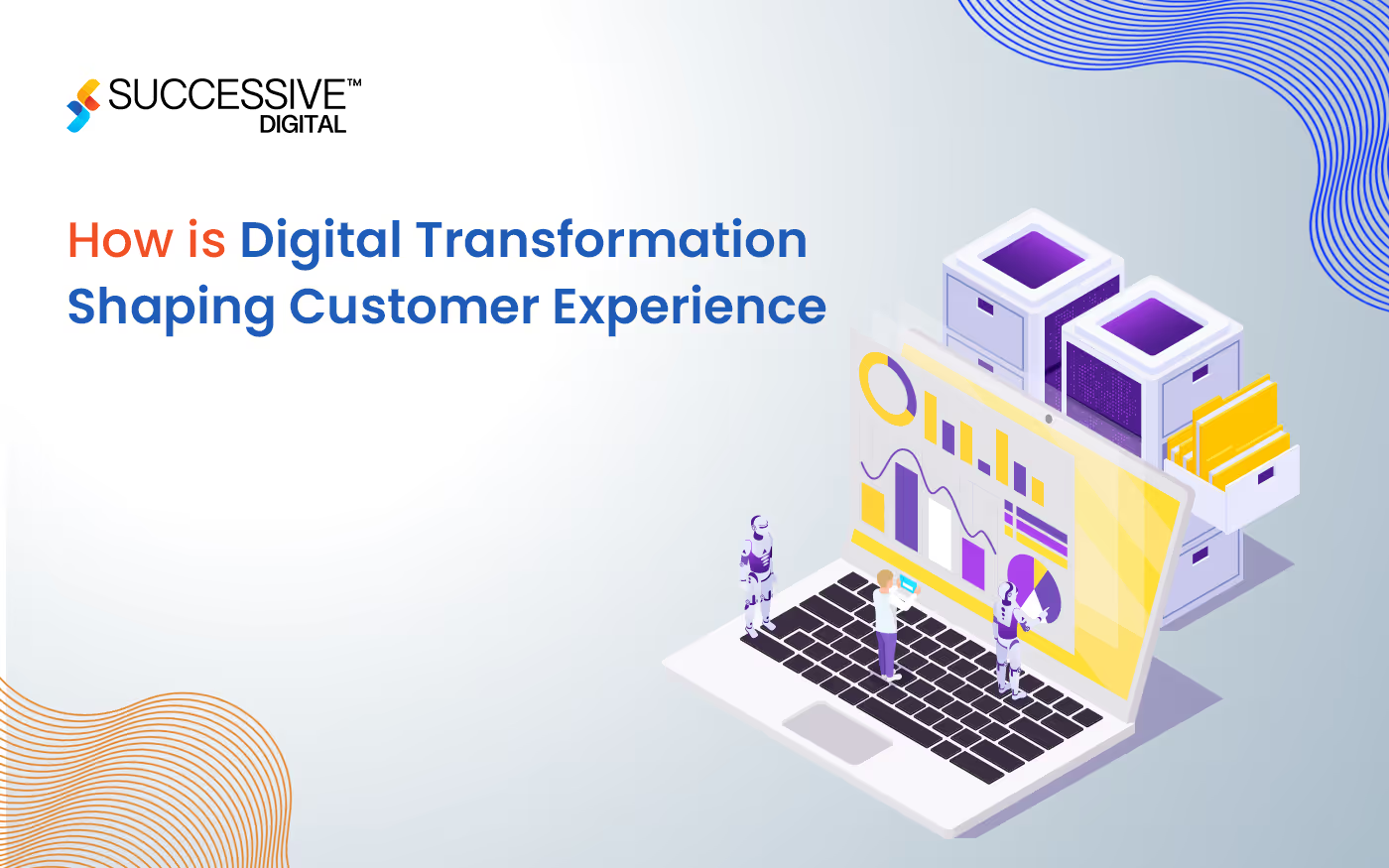


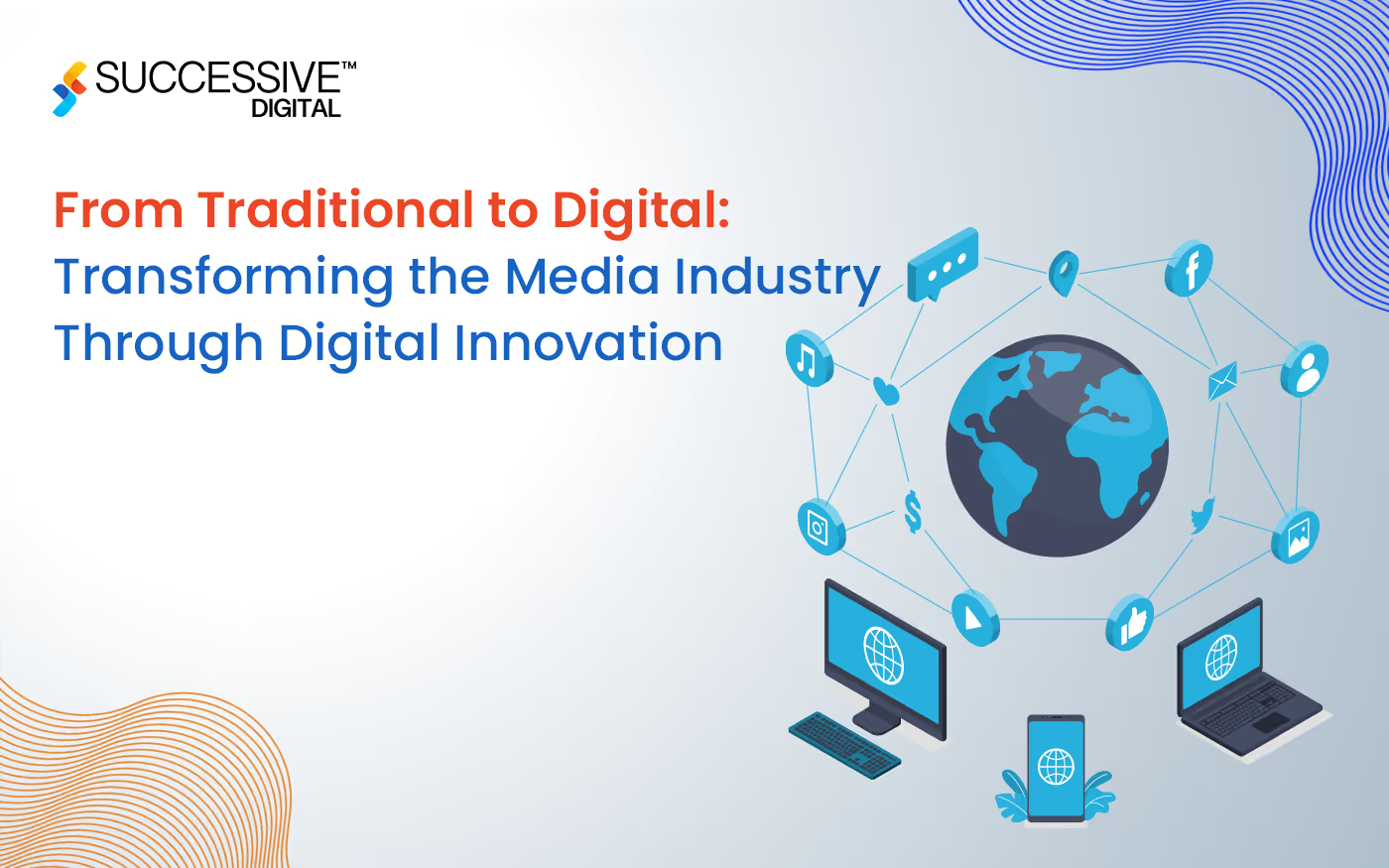
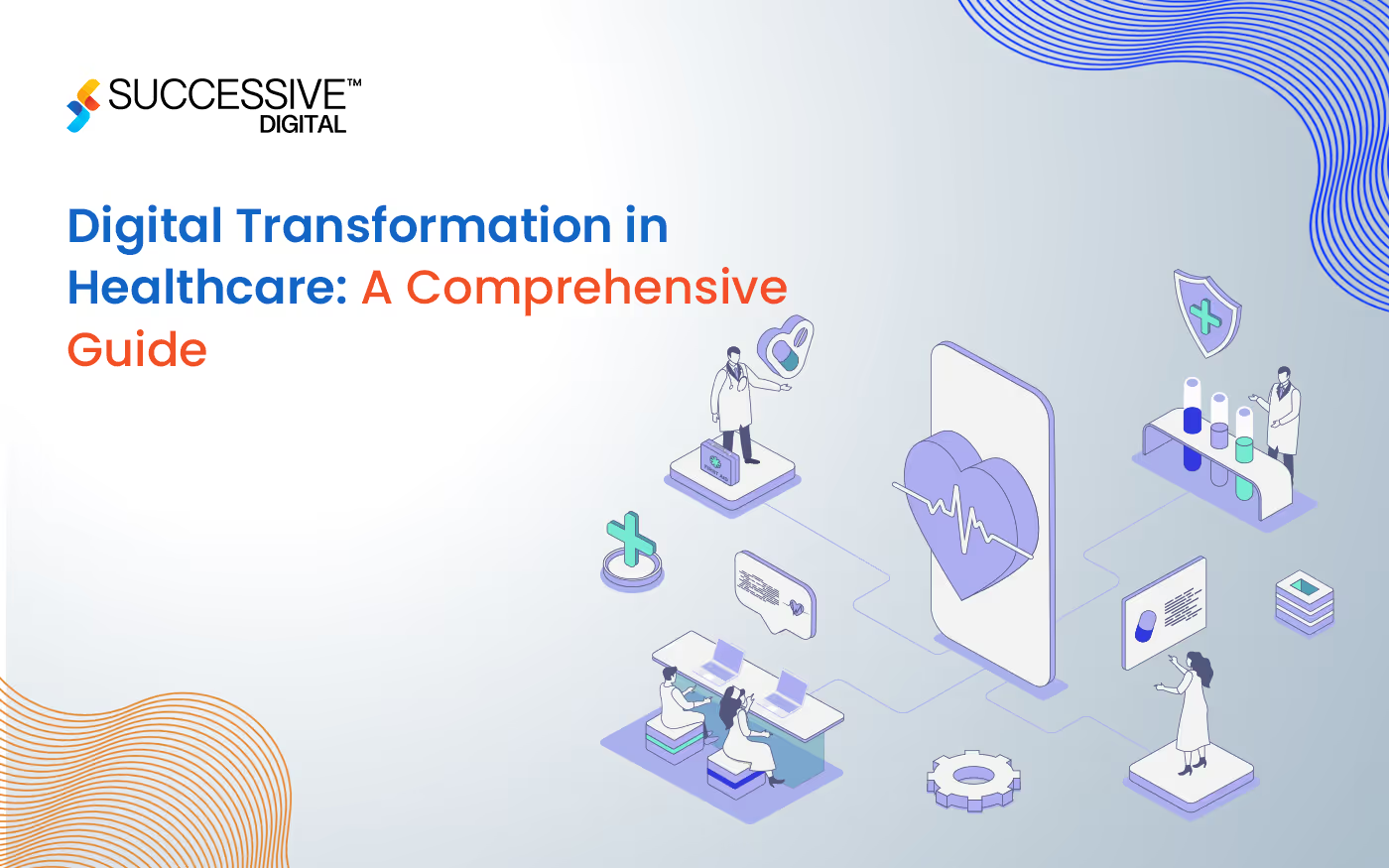
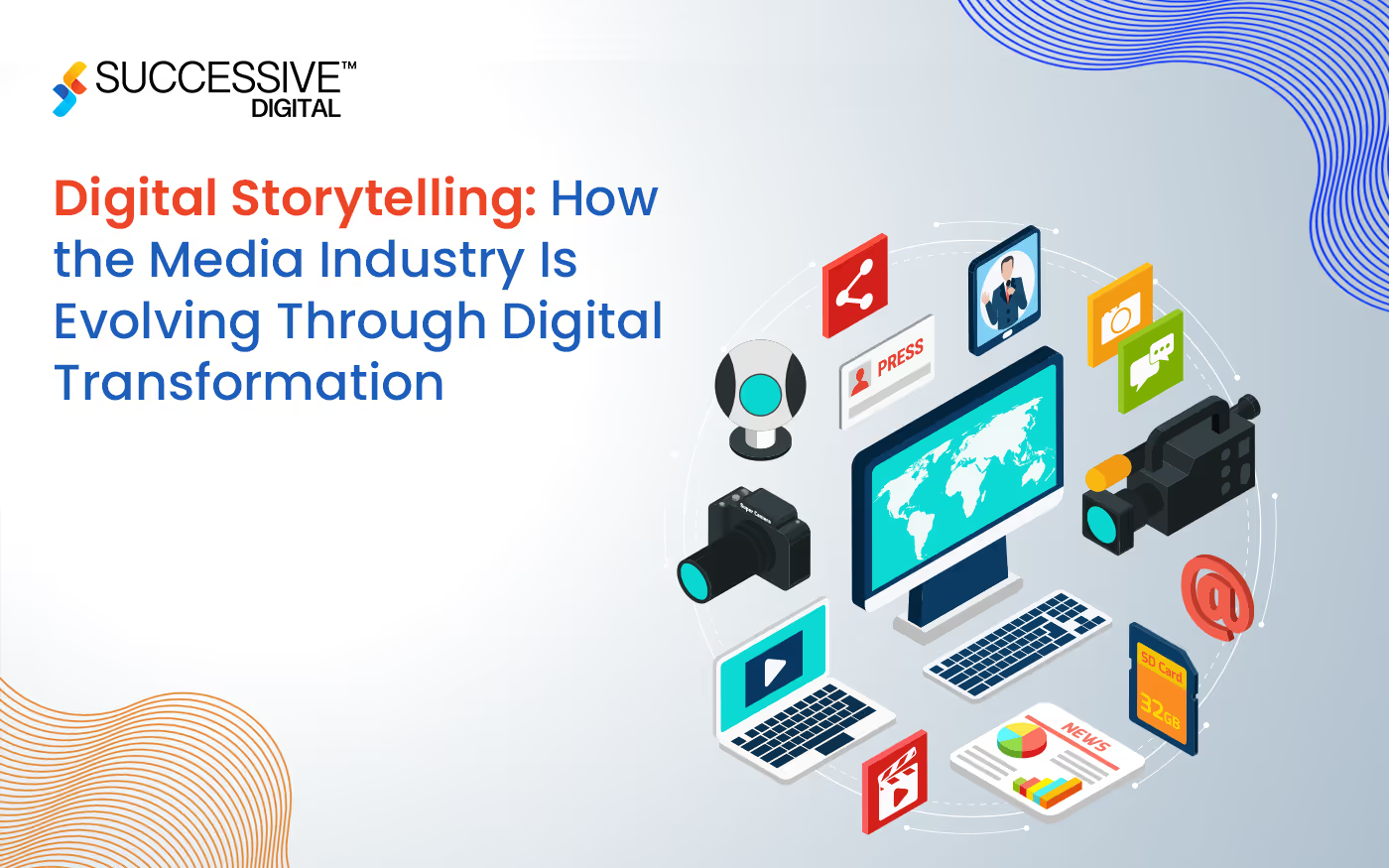
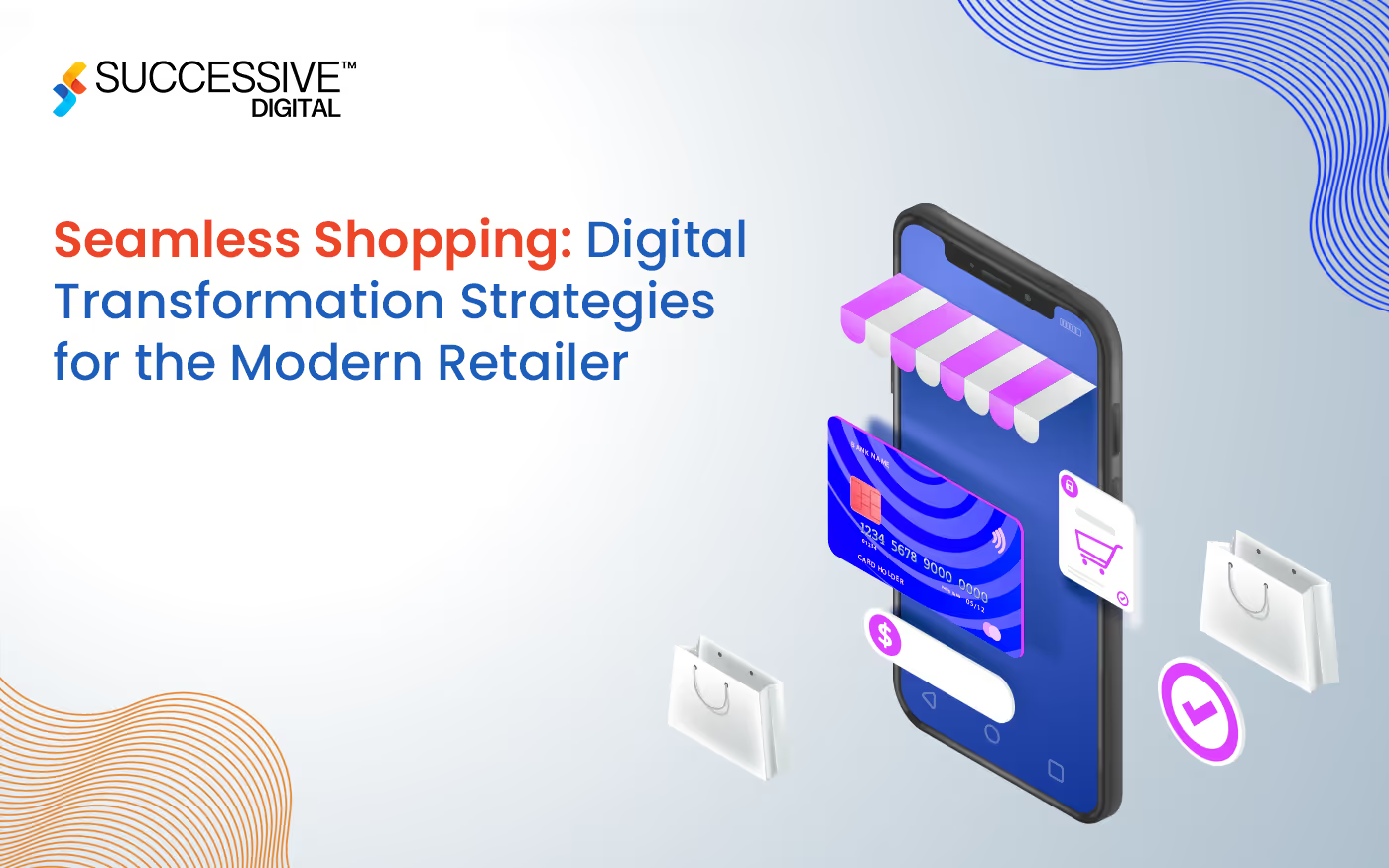
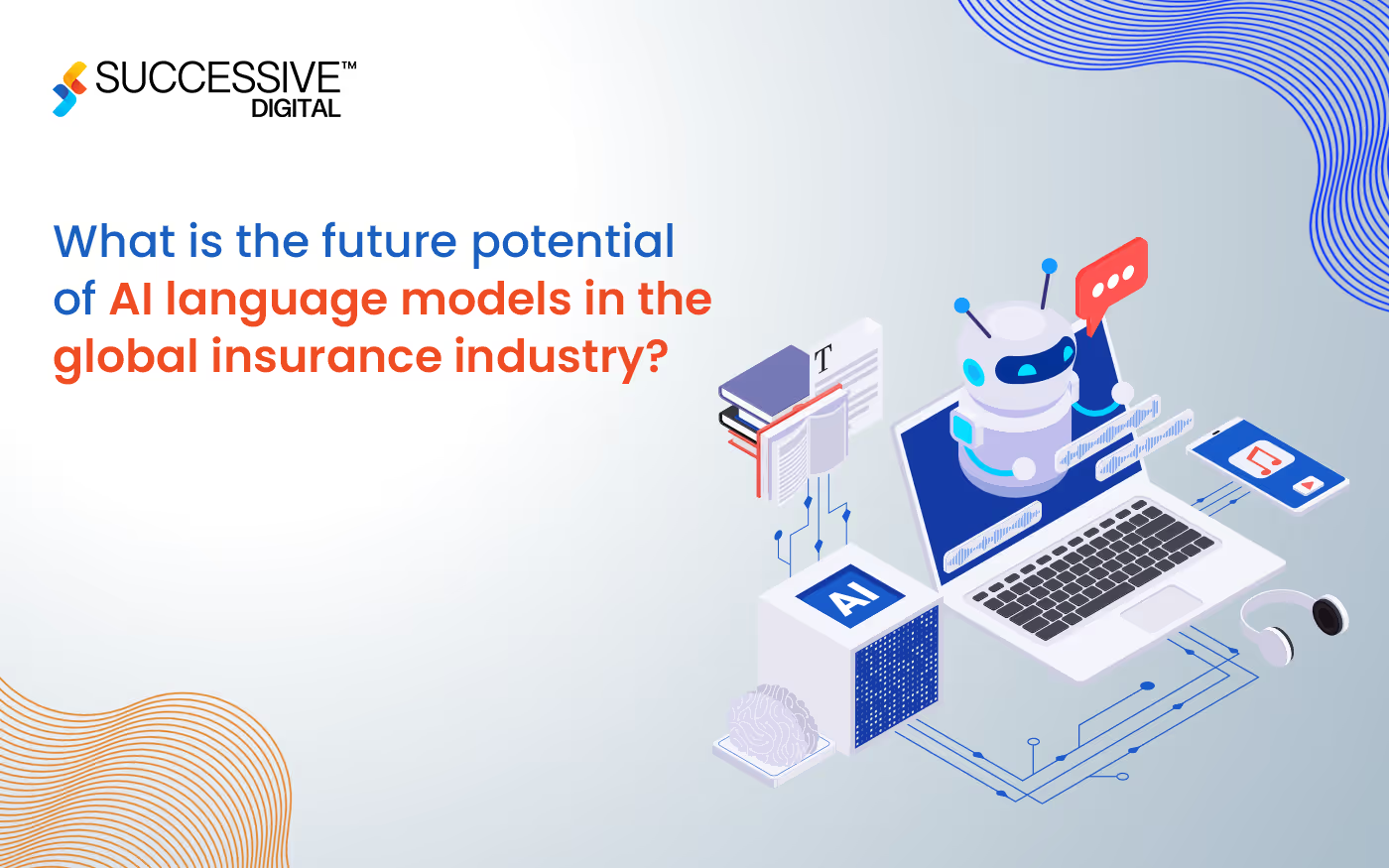


.jpg)









